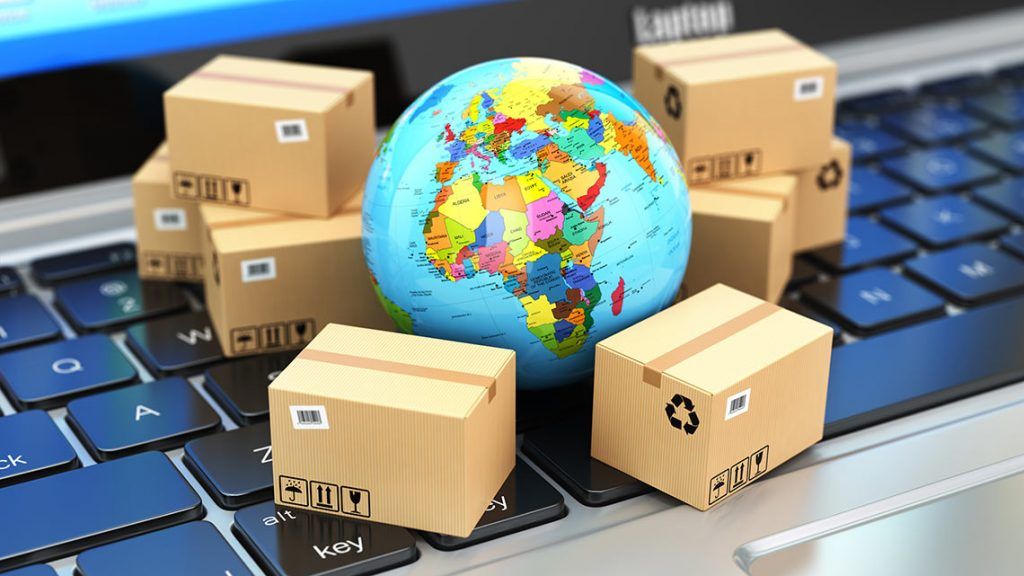E-commerce in the RCEP stands out because, among other points, it is the first Free Trade Agreement (FTA) between Japan and China in Northeast Asia.
The RCEP, which is the world’s largest free trade zone, was signed on November 15, 2020 during the ASEAN Summit. This agreement includes the 10 ASEAN member states of Brunei, Cambodia, Indonesia, Laos, Malaysia, Myanmar, the Philippines, Singapore, Thailand and Vietnam. In addition, China, Japan, South Korea, Australia and New Zealand have joined.
Therefore, the RCEP seeks to bring these Asian nations closer together. It facilitates beneficial trade exchanges and, in turn, boosts economic integration in Asia.
E-commerce in the RCEP
According to Linkage Global, the RCEP, focused on assisting ASEAN’s development, enhanced the “Protocol” of the China-ASEAN FTA, effective from 2019, on e-commerce.
It also encouraged member countries to establish a unified economic and trade framework.
By the end of 2022, China signed MOUs to cooperate on e-commerce with several countries, such as Singapore, Thailand, Laos and the Philippines.
As a result, ASEAN has become China’s largest trading partner. In 2022, bilateral trade reached 6.52 trillion yuan, showing a 15% growth. This trade accounts for 50.3% of the total trade of RCEP countries.
Tariff relief
On the other hand, according to Frost & Sullivan, the RCEP establishes a 91% tariff elimination rate. It also introduces new technologies to streamline customs clearance in cross-border logistics. It also promotes the growth of regional industrial and supply chains.
The RCEP also creates advanced chapters on intellectual property rights and e-commerce. For countries with a large volume of trade, such as China and Japan, the zero-tariff policy is especially clear.
Impact
In terms of impact, bilateral trade between China and Japan increased 17.1% in 2021, according to the General Administration of Customs of China. As a result, China has become ASEAN’s largest trading partner.
This favorable political climate has spurred e-commerce exchanges between member nations. It has also favored the emergence of integrated e-commerce service providers in the growing e-commerce market.
Finally, the RCEP accounts for approximately 30% of the world’s GDP. According to a report by the Asian Development Bank, this agreement is expected to increase the income of member economies by 0.6% and add $245 billion to the regional economy.

